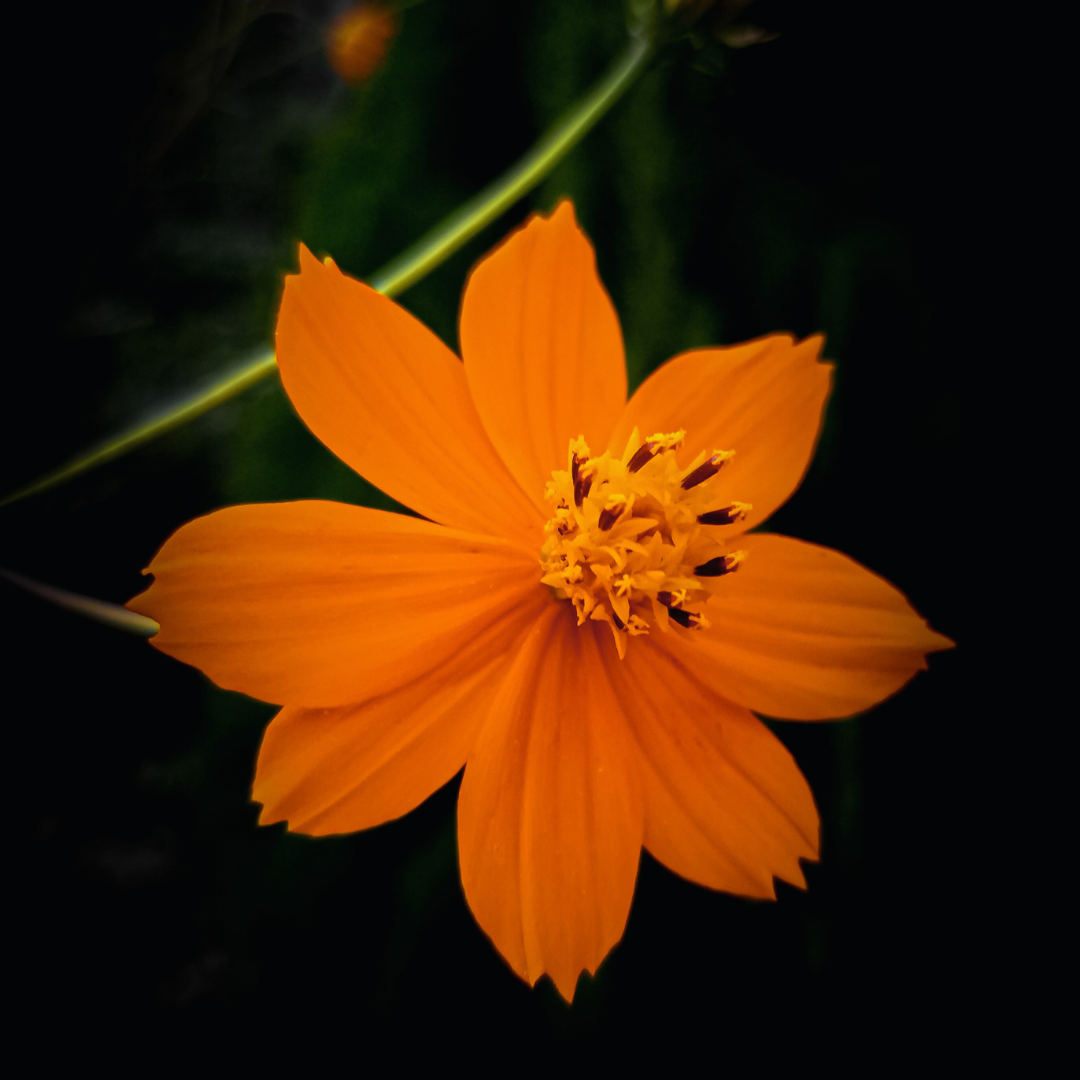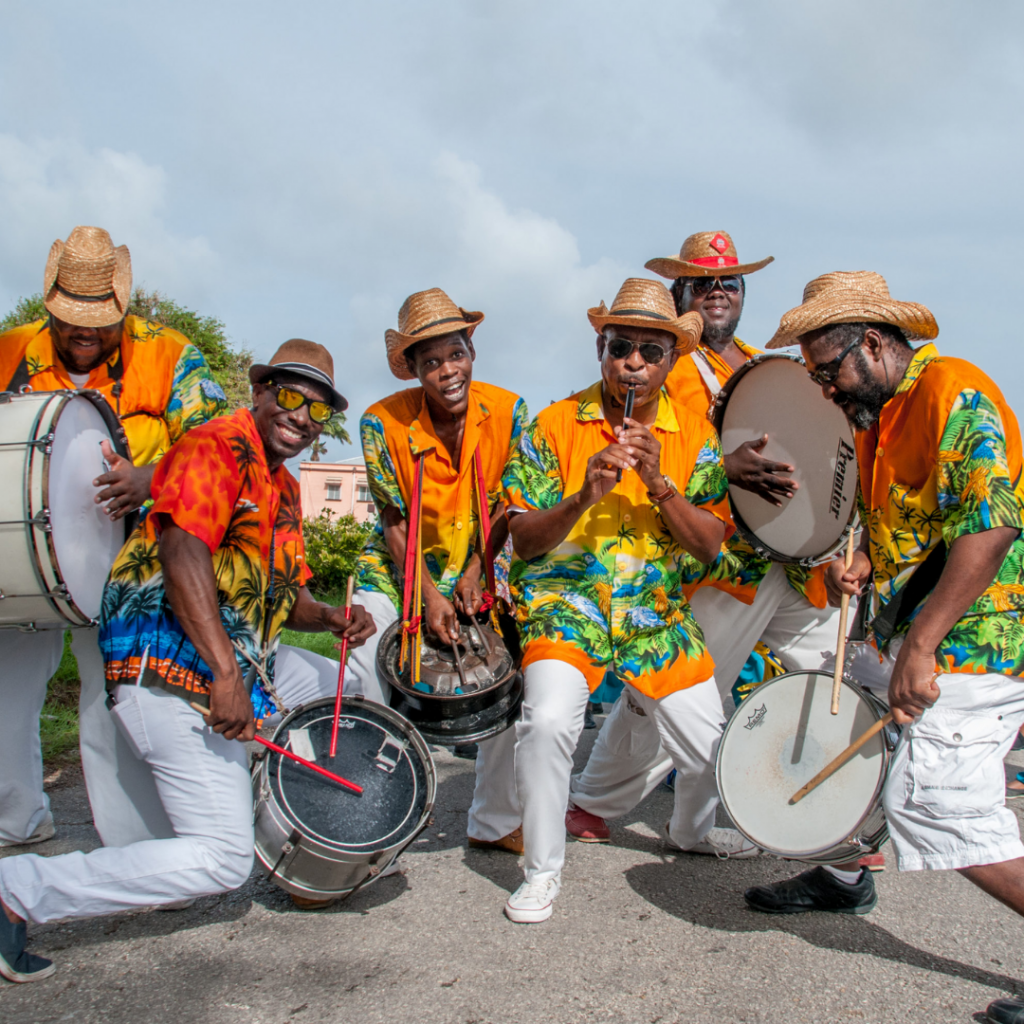Close-up photography allows the photographer to capture details often overlooked, transforming everyday subjects into captivating images. By mastering techniques in macro photography, one can create striking compositions that reveal the intricate beauty of textures and patterns. This art form moves beyond mere representation, inviting the viewer to explore an abstract world filled with vibrant colours and forms.
Creativity plays a crucial role in close-up photography. Experimenting with angles and lighting can highlight unique aspects of a subject, changing its perception. Understanding basic principles of composition ensures that each photograph captures attention and evokes emotion, making each shot a story waiting to unfold.
Embracing this technique inspires photographers to see the world differently. Each close-up shot becomes a canvas, revealing depth and detail that enriches visual storytelling. Whether capturing the delicate petals of a flower or the texture of a weathered object, close-up photography opens up a realm of possibilities for artistic expression.
Understanding Close-Up Photography
Close-up photography allows for the exploration of intricate details often missed in standard images. This form of photography requires specific techniques and equipment to capture subjects with precision and clarity.
The Basics of Close-Up and Macro Photography
Close-up photography emphasises capturing detailed images of subjects at a close range. This technique often involves a minimum focusing distance of just a few centimetres.
Macro photography is a subset that involves greater detail, typically achieving 1:1 magnification or greater, where the subject appears life-size on the sensor.
Photographers often utilise manual focus to get sharp details, as autofocus can struggle in close conditions. Key subjects include flowers, insects, and everyday objects that can be transformed into visually striking images through close observation.
Diving into Macro Lenses and Close-Up Filters
Macro lenses are specifically designed for this type of photography. They usually have a longer focal length, allowing for a greater working distance without frightening subjects.
A dedicated macro lens will typically provide at least 1:1 magnification, making it an excellent tool for capturing fine details.
Close-up filters are a more cost-effective alternative, fitting on standard lenses to decrease the minimum focusing distance. These filters come in various dioptric strengths, offering different levels of magnification without the need for expensive gear.
Extension Tubes and Magnification Explained
Extension tubes are hollow tubes placed between the camera body and the lens. They increase the distance between the lens and the sensor, allowing for closer focusing.
The greater the length of the extension tube, the higher the level of magnification achievable.
While they are relatively inexpensive compared to macro lenses, extension tubes do not contain glass, which means there is no optical degradation. This method is suitable for capturing minute details but requires careful handling and precise focusing due to the increased magnification and altered depth of field.
Lighting and Composition for Striking Close-Ups
Effective lighting and composition are crucial for creating impactful close-up photographs. Understanding how to manipulate natural light and thoughtfully arrange elements within the frame can elevate the visual appeal of images.
Utilising Natural Light and Golden Hours
Natural light plays a pivotal role in close-up photography. The golden hours—the period shortly after sunrise and before sunset—offer soft, warm light that enhances textures and colours. During these times, shadows are softer, making subjects appear more three-dimensional.
On a sunny day, bright light can create harsh contrasts. To counter this, photographers can use diffusers or reflectors to soften the light. Cloudy conditions, while less predictable, provide uniform, diffuse lighting, ideal for capturing fine details without strong shadows.
The Role of Negative Space in Composition
Negative space refers to the empty areas surrounding the subject. It creates breathing room, helping the main subject stand out. When composing a shot, incorporating ample negative space can lead to more balanced and engaging images.
Strategically placing the subject off-centre within the frame can draw the viewer’s eye. Photographers should consider the rule of thirds, where the frame is divided into nine equal sections, placing the subject at intersections for stronger visual impact.
Depth of Field and Aperture Settings
The depth of field determines how much of the image is in focus. A shallow depth of field, achieved with a wider aperture (like f/2.8), isolates the subject from the background. This technique is effective in close-up photography as it emphasises the subject’s details while blurring distracting elements.
Conversely, a deeper depth of field, obtained using a smaller aperture (like f/11), is useful for capturing intricate designs or textures throughout the scene. Photographers should adjust their aperture settings as needed to achieve the desired focus and clarity in their images.
Focus Techniques and Creative Approaches
Achieving stunning close-up photographs requires attention to focus and creative viewpoints. Effective focus techniques enhance texture and detail, while diverse perspectives can transform ordinary subjects into captivating images.
Mastering Manual Focusing for Precision
Manual focusing allows photographers to select the exact area of interest in a close-up shot. This precision is crucial for highlighting textures and fine details that auto-focus may overlook.
To master this technique, start by using the camera’s magnification feature or focus peaking option, if available. This assists in confirming that the subject is sharp.
Additionally, photographers should practice adjusting the aperture to control the depth of field. A wider aperture (e.g., f/2.8) isolates the subject with a beautifully blurred background, while a narrower aperture (e.g., f/11) increases the area in focus for a more detailed composition.
Exploring Different Perspectives in Close-Up Photography
Varying perspectives can significantly impact the mood and look of close-up images. Photographers should experiment with angles such as low shots or overhead views to create unique compositions.
Choosing to shoot from above can reveal patterns and textures that enhance the image’s story. Alternatively, low angles can add drama and emphasis on the subject, making it a focal point.
Lighting also plays a vital role in perspective. Natural light, especially during the golden hour, produces softer shadows and highlights. Using reflectors can direct light onto the subject, enhancing its features and bringing out textures effectively.
Advanced Techniques: Focus Stacking
Focus stacking involves taking multiple images at different focus points and merging them to create a single, sharply focused picture. This technique is particularly useful for intricate subjects, such as flowers or insects, where a greater depth of field is needed.
Begin by capturing a series of images while adjusting the focus slightly for each shot.
Software like Adobe Photoshop or specialised focus stacking programs can then combine these images. This results in a detailed image with maximum sharpness throughout.
By utilising focus stacking, photographers can create stunning images that showcase every detail, offering viewers a comprehensive view of the subject.
Choosing Your Subject Matter
Selecting the right subject for close-up photography is crucial. The subject should capture attention and offer intriguing details that engage viewers. Notably, everyday items, floral subjects, and insects provide diverse opportunities for creative macro shots.
Close-Up Shots of Everyday Items
Everyday items often hold surprising detail and texture. Common objects like utensils, fabrics, or natural elements can transform into artistic photographs when captured closely.
Using natural lighting helps highlight colours and contours. Shadows can add depth, creating a three-dimensional feel. Simple setups, like a wooden table against a plain backdrop, often work best to eliminate distractions.
Consider utilising various angles to find the most compelling composition. A close-up of a fruit peel, for instance, reveals patterns and textures not visible at a distance. This approach can surprise viewers and provide a fresh perspective.
Floral Subjects and Their Unique Textures
Flowers are popular choices for close-up photography due to their vibrant colours and intricate details. Each petal’s texture can convey a sense of softness, while the centre of the flower often features striking patterns.
Photographing flowers in natural light enhances their beauty, allowing colours to pop. Positioning the camera at different angles can showcase the unique shapes of petals and leaves.
Additionally, focusing on dew droplets can elevate an image, adding a touch of freshness. Choosing varied species can also expand creative possibilities, as each flower offers distinct characteristics.
Insects and Wildlife: Bringing Detail to Life
Insects and wildlife present unique challenges and rewards in macro photography. Capturing these subjects requires patience and often a keen eye for movement.
Photographing insects like butterflies or beetles allows for the exploration of their intricate features. Natural settings, where insects can be observed at rest, are ideal for capturing detailed images.
Using a macro lens can significantly enhance the level of detail captured. Lighting plays a critical role in revealing colours and textures. Aim to take shots during the golden hour for softer light, which can create captivating imagery.
Wildlife photography, too, thrives on detail. Focusing on the eyes or unique markings of an animal can create powerful visual narratives, connecting viewers with nature.



